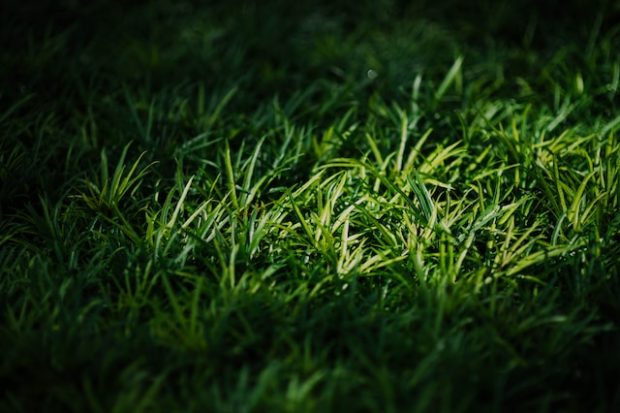Artificial turf, often synonymous with sports fields and stadiums, has surged in popularity, transcending its traditional applications. While its familiar presence on the football pitch continues, the resourcefulness of synthetic turf is expanding to suit a wide array of landscapes, especially in the picturesque state of Utah. Incorporating synthetic grass into unconventional areas brings aesthetic enhancements and practical, economical, and environmental benefits. Artificial turf in Utah has various uses. The following article describes just that!
Greener Cityscapes: Artificial Turf in Urban Design
In the densely built environment of Utah’s cities, such as Salt Lake City or Provo, artificial turf is increasingly used to invigorate cityscapes. Its vibrant, evergreen look can transform mundane spaces like rooftops, terraces, and balconies into lively green oases. Moreover, it can withstand heavy foot traffic, resist pests, and endure harsh weather conditions, presenting an excellent solution for public parks and playgrounds where maintenance can be challenging.
Water-Wise Landscaping: A Solution for Utah’s Aridity
With its arid climate, Utah suffers from water scarcity, and residents are continuously encouraged to save water. One innovative way is the adoption of artificial turf in residential lawns and commercial landscapes. Unlike natural grass, it doesn’t need watering, fertilizing, or mowing. In the city’s desert environment, artificial lawns can provide a verdant appearance year-round while helping to conserve precious water resources.
Enhancing Recreational Spaces: From Backyards to Golf Courses
Artificial turf has become an excellent tool for elevating recreational spaces. For homeowners in Utah, it can turn backyards into ideal settings for barbecues, parties, or peaceful retreats. Its cushioned underlay provides a safe surface for children to play with, and the maintenance-free convenience appeals to the busy lifestyles of many homeowners.
The application of artificial turf isn’t just limited to private residences. Public spaces like mini-golf courses and disc golf parks have found artificial turf beneficial. It’s durability and minimal upkeep make it an attractive option for these recreational areas with a steady activity stream.
The Environmental Footprint: Assessing the Impact
While the benefits are numerous, it’s also crucial to consider the environmental implications of artificial turf. Unlike natural grass, it doesn’t absorb carbon dioxide or release oxygen. However, water conservation in a dry state like Utah outweighs synthetic turf, and recycling technologies are continually improving to manage old turf.
The Blend with Natural Landscapes: Aesthetic Enhancements
Utah, home to five stunning national parks, has a beautiful landscape that locals take pride in. The use of artificial turf doesn’t mean compromising this natural aesthetic. With technological advancements, artificial grass today convincingly mimics the look and feel of natural grass. It can integrate seamlessly with native plants and shrubs, enhancing the beauty of the city’s residential and commercial properties.
Conclusion: An Invitation to Rethink Turf
The versatility of artificial turf in Utah extends far beyond sports fields, from refreshing urban design and conserving water to enlivening recreational spaces and complementing natural landscapes. As the residents and business owners explore innovative ways to manage resources and improve their surroundings, the multi-faceted uses of artificial turf open up a world of possibilities. Embracing this technology can create a vibrant, sustainable, and water-wise future for the Beehive State.
Read More:


